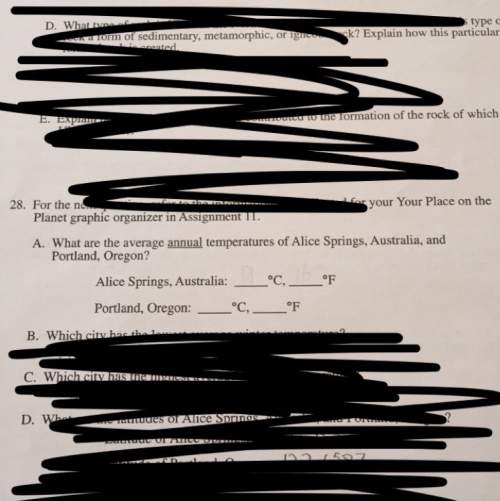
Chemistry, 22.07.2020 18:01 joneskc0629
En la ruta de acidificación del azufre: una gran parte del dióxido de azufre es oxidado a trióxido de azufre, que es muy inestable y pasa rápidamente a ácido sulfúrico. La oxidación catalítica del dióxido de azufre también se realiza en forma efectiva. Se cree que en las gotas de agua se produce la oxidación implicando oxígeno molecular y, como catalizadores, sales de hierro y manganeso procedentes de la combustión del carbón. Teniendo en cuenta éste contexto y asumiendo que un lago termal se encuentra cercano a una zona industrial podríamos afirmar que en su atmósfera:
La oxidación del dióxido de azufre se acelera en presencia de emanaciones por combustión de combustibles fósiles
La presencia de catalizadores en una reacción química puede acelerar o retrasar la obtención de productos
El dióxido de azufre combinado con el agua produce ácido sulfúrico, componente de la lluvia ácida
La lluvia ácida no necesariamente se puede presentar en éste sistema.

Answers: 2


Another question on Chemistry

Chemistry, 21.06.2019 15:50
If the mass of the products measured 120g what would the mass of the reactants a. 30g b. 60g c. 120g d. 240g
Answers: 1

Chemistry, 22.06.2019 11:40
Effect of rotenone and antimycin a on electron transfer rotenone, a toxic natural product from plants, strongly inhibits nadh dehydrogenase of insect and fish mitochondria. antimycin a, a toxic antibiotic, strongly inhibits the oxidation of ubiquinol. (a) explain why rotenone ingestion is lethal to some insect and fish species. (b) explain why antimycin a is a poison. (c) given that rotenone and antimycin a are equally effective in blocking their respective sites in the electron-transfer chain, which would be a more potent poison? explain.
Answers: 3

Chemistry, 23.06.2019 01:00
Which of the following is a physical change? a.burning a piece of wood b.sawing a piece of wood in half c.rust forming on an iron fence d.a copper roof changing color from orange to green
Answers: 1

Chemistry, 23.06.2019 18:30
3. consider a process in which a gas with the properties of air expands at constant pressure as described by the cups of air discussion in class. one kilogram of air starts out at 1 atm and 290 k. the air expands its volume by absorbing a sufficient amount of thermal energy to increase the temperature at constant pressure to 350 k. a. on a p-v diagram, sketch this process with point a as the starting point and point b as the ending point. b. if the process is completely reversible, calculate the thermal energy added from an external source. c. calculate the entropy change for this process assuming it is reversible. d. calculate the work delivered externally if this is a reversible process. e. if the process is completely irreversible, calculate the amount of entropy change for the process that is due to irreversibilities. f. if the process is completely irreversible, calculate the amount of thermal energy added from an external source and compare this result to the thermal energy calculated in part b. g. for the completely irreversible process, calculate the entropy change due to this thermal energy addition. h. for the completely irreversible process, calculate the total entropy change and compare it to the entropy change in part c.
Answers: 1
You know the right answer?
En la ruta de acidificación del azufre: una gran parte del dióxido de azufre es oxidado a trióxido d...
Questions

Chemistry, 02.01.2020 17:31

Social Studies, 02.01.2020 17:31






English, 02.01.2020 17:31


Mathematics, 02.01.2020 17:31

Mathematics, 02.01.2020 17:31



Chemistry, 02.01.2020 17:31



Biology, 02.01.2020 17:31

Mathematics, 02.01.2020 17:31


Social Studies, 02.01.2020 17:31




